
Many advertisements tout “no fee checking” and a wide range of benefits without extra charges. However, the reality of personal finance often involves navigating a complex landscape of fees, many of which are not immediately obvious. These charges, sometimes dubbed “junk fees,” can quietly chip away at your hard-earned money, leaving you wondering where your balance went. Banks, despite their outward appearances, frequently generate substantial income from these various account and service fees.
This situation has become so prevalent that even President Joe Biden announced the ‘Junk Fee Prevention Act’ in March 2023, aiming to lower and eliminate mandatory fees with little to no added value. While the majority of fees are technically disclosed in lengthy descriptions that few people read, many clients only discover charges for services like wire transfers, overdrafts, and non-sufficient funds after they’ve already been hit. It’s a system that often leaves consumers feeling misled and overcharged.
For those committed to optimizing their budgets and avoiding unnecessary expenses, understanding these charges is the first crucial step. Our goal here is to shine a bright light on some of the most common and costly hidden bank fees. We’ll break down what they are, what they could cost you, and most importantly, provide clear, actionable strategies to help you avoid them altogether and ensure your banking relationship builds wealth, rather than draining it.

1. **Checking Account Monthly Maintenance Fees**One of the most ubiquitous fees you might encounter is the monthly maintenance or service fee for your checking account. This charge is essentially for the privilege of keeping your money stored with the bank each month. It might seem ironic to pay for accessing your own funds, but many major banks impose this fee directly from your account balance.
The costs associated with these fees can add up significantly over a year. The average checking account maintenance fee on interest-bearing accounts is $15.45, while for noninterest accounts, it averages $5.47, according to Bankrate’s 2024 Checking and ATM Survey. For example, some banks like Citi and TD Bank charge $15 per month for their regular checking accounts, which totals $180 annually if not waived.
The good news is that these fees are often waivable. Banks typically offer criteria such as maintaining a specific minimum balance, setting up direct deposit into the account, or making a certain number of debit card transactions. For instance, if your account has a minimum balance requirement, you’ll need to ensure your average daily balance stays above that threshold to avoid the fee.
To proactively avoid these charges, consider exploring online banks, which frequently offer genuinely free checking accounts without balance requirements or hidden conditions. If you prefer traditional banks, thoroughly review their fine print to understand the waiver requirements. If you can meet conditions like a minimum direct deposit amount or sufficient combined balances across accounts, you can keep your monthly fee at bay. Capital One 360 Checking and Discover Cashback Checking are examples of accounts that currently have $0 monthly fees.
Read more about: Consumer Alert: Unmasking the 13 Car Dealership Scams That Cost Buyers Thousands
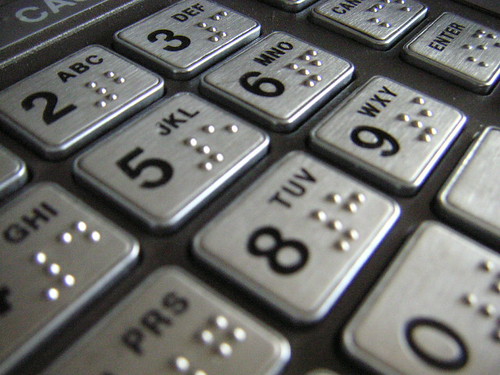
2. **Out-of-Network ATM Fees**The convenience of ATMs can quickly turn into a costly endeavor if you’re not careful about which machine you use. When you need cash and opt for an ATM outside your bank’s network, you’re likely to get hit with a double whammy of fees: one from your own bank and another from the owner of the machine. These charges, while seemingly small individually, can accumulate quickly.
The total cost of withdrawing money from an out-of-network ATM reached an all-time high average of $4.77, according to Bankrate’s 2024 checking account and ATM fee survey. This typically includes an average ATM surcharge of $3.19 from the machine owner and an average fee of $1.58 from your own bank for using another institution’s ATM. International travel amplifies these costs dramatically, with foreign ATMs often adding conversion fees and offering unfavorable exchange rates through dynamic currency conversion.
These fees can have a real-world impact, especially for frequent travelers or those who regularly grab cash during daily errands. Business travelers, for example, can spend hundreds annually on ATM fees when accessing cash overseas. Consumers often don’t realize how quickly these convenience charges accumulate unless they meticulously review their annual banking costs.
Avoiding out-of-network ATM fees requires smart planning. Many banks, including credit unions, provide access to extensive ATM networks like CO-OP and Allpoint, often with no fees. Online banks frequently reimburse all ATM charges monthly, offering another excellent solution. Alternatively, withdrawing larger amounts less frequently, using your bank’s branches during business hours, or simply getting cash back with purchases at grocery stores can help you sidestep these charges entirely.
Read more about: The 12 Sneaky Bank Fees Draining Your Account (and How Savvy Savers Avoid Them)

3. **Overdraft and Non-Sufficient Funds (NSF) Fees**Overdraft and Non-Sufficient Funds (NSF) fees represent one of the most profitable revenue streams for banks, generating billions annually from customers’ financial missteps. An overdraft occurs when your account lacks sufficient funds for a transaction, but the bank covers it, essentially extending a short-term, high-interest loan. An NSF fee, on the other hand, is charged when a transaction is rejected due to insufficient funds, such as writing a check that bounces.
These fees can be particularly punitive. Banks charge an average of $35 every time your account goes negative, even by a few cents. In some cases, institutions may allow multiple overdraft fees per day, meaning a single day of poor timing could cost a customer $175 or more. A concerning practice highlighted is that many banks deliberately process your largest transactions first, followed by smaller ones, which maximizes the number of overdrafts they can charge.
The real-world impact of these fees is significant, often hitting hardest during already stressful financial periods. The CFPB reported that banks collected $5.8 billion in overdrafts and NSF fees in 2023, and a 2023 CFPB survey found that roughly a quarter of Americans lived in a household that incurred such a fee last year. Many customers are unaware they’re being charged until they see hundreds of dollars in fees accumulated over just a few months. For example, customers of Bank of America claimed they were misled and lost as much as $245 for two months from overdraft fees alone.
To protect yourself, the simplest strategy is to opt out of overdraft coverage entirely, which means your card will simply be declined if funds are insufficient, preventing a fee. Setting up account alerts when your balance drops below a certain threshold, such as $100, can provide an early warning. Linking your savings account for automatic transfers when your checking account runs low is another effective preventative measure. Exploring credit unions with lower fees or online banks with no overdraft charges are also excellent alternatives.
Read more about: The 12 Sneaky Bank Fees Draining Your Account (and How Savvy Savers Avoid Them)

4. **Paper Statement Fees**In an increasingly digital world, some banks have started to charge for services that were once standard, rebranding basic customer interactions as premium conveniences. One such fee is for paper statements, which many customers receive by post without realizing they are being billed for a service that has a free electronic alternative. Banks are keen to encourage a digital banking experience, and this fee acts as a nudge.
These charges, though seemingly small, can accumulate over time. Paper statement fees can range from $2 to $5 per month at certain banks, potentially adding up to $60 annually for customers who prefer physical records. This cost arises because printing and mailing paper statements consume resources, which banks then pass on to the customer.
The impact is often felt by those who are less digitally-savvy or simply prefer physical documentation. For example, an elderly customer might refuse to use online banking, paying $5 monthly for paper statements because she prefers physical records for tax preparation. Many customers discover this fee only after receiving a statement, not having been explicitly informed of its existence or the free eStatement option beforehand.
Eliminating this unnecessary bank fee is straightforward. Simply select “eStatements” when you sign up for an account or switch to electronic statements through your bank’s online portal or mobile app. Electronic statements provide the same information, often with better organization through search functions, and without any monthly charges. Downloading PDF statements instead of receiving paper copies is a great cost-cutting strategy.
Read more about: When Riches Collide with Reality: The 12 Worst Financial Mistakes Celebrities Make with Luxury Assets

5. **Savings Account Monthly Fees**Just as checking accounts can come with monthly maintenance fees, so too can savings accounts. Many banks charge their clients for the simple act of keeping their money in a savings account, even while it’s earning interest. This fee might appear counterintuitive, as the purpose of a savings account is typically to grow funds over time.
The costs for these savings account fees vary among institutions. For instance, US Bank charges $4 per month for its savings accounts, while Citibank levies $4.50. Other banks might charge $5 monthly. While these amounts seem relatively small on a per-month basis, they can chip away at the interest earned and reduce your overall savings growth, especially on smaller balances.
Similar to checking account fees, many banks will waive these savings account fees if certain minimum conditions are met. These conditions often involve maintaining a specific minimum balance within the account. However, it is paramount for every customer to familiarize themselves with their bank’s tariff and be fully aware of all charges, including these savings account service fees.
To avoid these charges, first, check if your current bank offers a waiver based on minimum balance or linked accounts. If not, consider banks that do not impose a savings account monthly fee at all, such as Capital One and USAA Bank. Additionally, exploring online banks or credit unions often reveals options with fewer fees and potentially higher interest rates, allowing your savings to truly grow without unnecessary deductions.
Read more about: Unmasking the Money Pits: 12 Vehicles and Recalls That Cost You Dearly After Warranty Expires
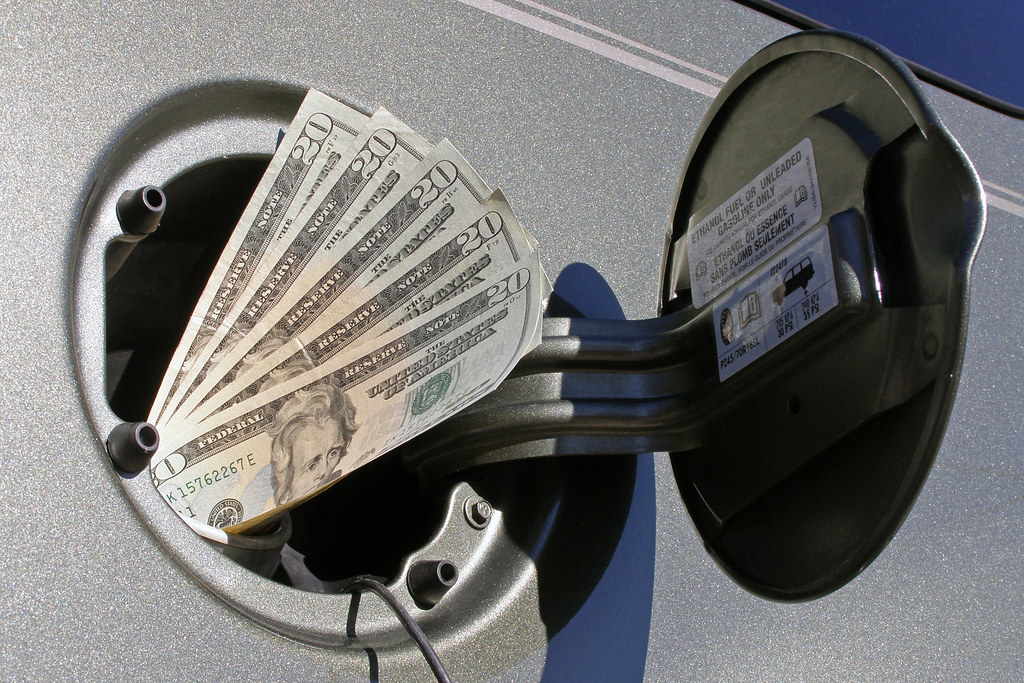
6. **Excessive Withdrawal Fees (from savings accounts)**Savings accounts are designed for long-term deposits, not for frequent transactions like a checking account. Historically, federal regulations limited savings account withdrawals to six per month, and while that specific regulation (Regulation D) was reduced to $0 in 2020, many banks still impose their own limits and subsequent fees for excessive withdrawals.
Most customers remain unaware that their savings accounts have transaction restrictions. Banks often count transfers to checking accounts, ATM withdrawals, and even online bill payments toward these monthly limits. Exceeding this predetermined limit, usually set over a given timeframe like a month, can trigger unexpected fees. The context states that only TD Bank currently has an excessive withdrawal fee of $3.00, but it’s important to be aware other banks may have it.
The “transaction trap” can catch customers off guard. For example, a college student might use her savings account for daily expenses, believing that higher interest rates make it a smarter choice than a checking account. This behavior could lead to substantial excess fees before she even realizes the problem. Similarly, someone facing a medical emergency requiring multiple urgent transfers might trigger significant penalties across several transactions.
Strategic account management is key to avoiding these fees. Keep frequently accessed emergency funds or money for daily expenses in checking accounts rather than savings to bypass transaction limits. Plan larger, less frequent transfers if you need to move money from savings. Many online banks have proactively eliminated excess transaction fees entirely, providing a more flexible option for managing your savings without penalty.
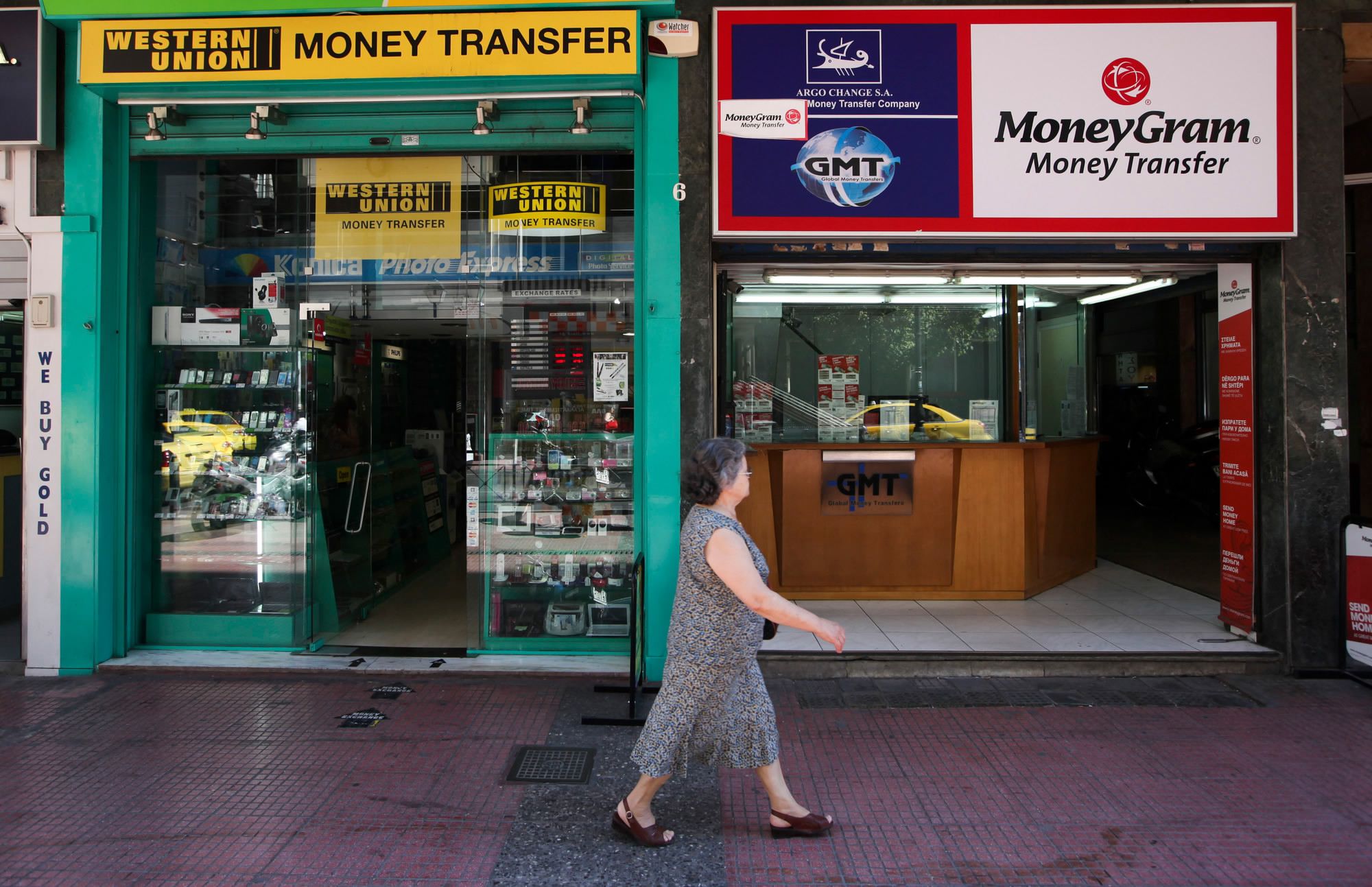
7. **Wire Transfer and Money Movement Fees**Moving your own money, whether between your accounts at different institutions or sending funds to others, is another significant source of fees that many banks do not advertise upfront. While electronic transfers within the same bank or through peer-to-peer apps like Zelle are often free, traditional wire transfers carry substantial costs due to their speed and security protocols.
The fees for these services can be quite hefty. Domestic wire transfers typically range from $15 to $30 per transaction. International wire transfers are even more expensive, often costing between $65 and $100 or more per transaction, reflecting the increased complexity and regulatory compliance involved. Some banks might also charge for expedited ACH transfers or same-day processing, even for seemingly simple movements of money.
Emergencies often reveal the true cost of wire transfers. Imagine a scenario where a woman’s father has a medical emergency abroad, requiring immediate funds. A wire transfer fee for sending the money could be $45, with the receiving bank potentially charging an additional $25. Another example could be a homebuyer who learns about wire fees during the purchase process when a delayed transfer necessitates paying extra fees to expedite the closing.
Fortunately, there are several money-moving alternatives to mitigate these costs. For personal transactions, modern payment apps like Zelle, Venmo, and PayPal allow instant, free transfers between friends and family (though these apps may charge fees for immediate delivery to your bank). For international transfers, specialized services like Wise (formerly TransferWise) often offer better exchange rates and lower fees than traditional banks. For non-urgent domestic payments, standard ACH transfers are usually free.
As we continue our exploration into the labyrinth of hidden bank charges, it becomes clear that navigating the financial landscape requires constant vigilance. Beyond the common fees discussed previously, there’s another layer of charges, often less obvious, that can quietly diminish your hard-earned money. These overlooked fees, ranging from penalties for account changes to international transaction costs, are just as crucial to understand and avoid.
This section will illuminate seven additional, often stealthy, bank fees that consumers frequently encounter. By shedding light on these lesser-known charges and equipping you with practical avoidance strategies, our aim is to empower you with comprehensive financial knowledge, ensuring your banking relationship remains a tool for wealth building, not a drain on your resources.
Read more about: The 12 Sneaky Bank Fees Draining Your Account (and How Savvy Savers Avoid Them)

8. **Early Account Closure Fees**Just as banks might charge you for inactivity, they can also penalize you for ending your relationship too soon. Early account closure fees are charges levied when you close an account within a short period of opening it, typically ranging from 90 to 180 days. Banks impose these fees to recoup the administrative costs associated with setting up new accounts and to discourage frequent account switching.
The cost of an early goodbye can be a sting, with fees often ranging from $25 to $50. This can be particularly frustrating if you open an account to take advantage of a promotional offer, only to find that the account doesn’t meet your needs and closing it prematurely incurs an unexpected penalty. It’s a classic example of banks profiting from changes in customer circumstances.
To protect yourself from early account closure fees, the most straightforward strategy is to maintain accounts past the minimum required periods before initiating a closure. Always inquire about any potential early closure penalties when you open a new account and make a note of the minimum duration required. Setting calendar reminders for these minimum account duration periods can be a simple yet effective preventative measure.
Read more about: The Unscripted Blockbuster: 12 Critical Missteps That Paved the Way for a Rental Empire’s Fall

9. **Dormant Account Fees**While some fees penalize you for closing an account too soon, others target accounts that become inactive over time. Dormant account fees are imposed when an account shows no activity for an extended period, typically 12 to 24 months. These charges, often between $5 and $15 monthly, can slowly deplete your account balance until it’s entirely empty, especially if the funds are minimal.
Banks justify these fees by citing the administrative costs of maintaining inactive accounts and the need to track unclaimed property. However, for consumers, these fees often feel punitive, especially if they’ve simply forgotten about an old account or temporarily stopped using it. Consider the real-world impact: a service member deploys overseas for 18 months and upon their return, discovers their account racked up hundreds of dollars in dormant fees.
Preventing dormant account fees involves proactive management. Simply scheduling small, automatic transactions, even a $5 monthly transfer to another account, can keep an account active and avoid inactivity charges. Regularly consolidating multiple unused accounts into one primary account can also simplify management and prevent fees from accumulating on forgotten funds. If you anticipate an extended period of inactivity, contact your bank directly to inquire about military service exemptions.
Read more about: Unlocking Financial Freedom: 15 Powerful Passive Income Strategies You Can Build From Home
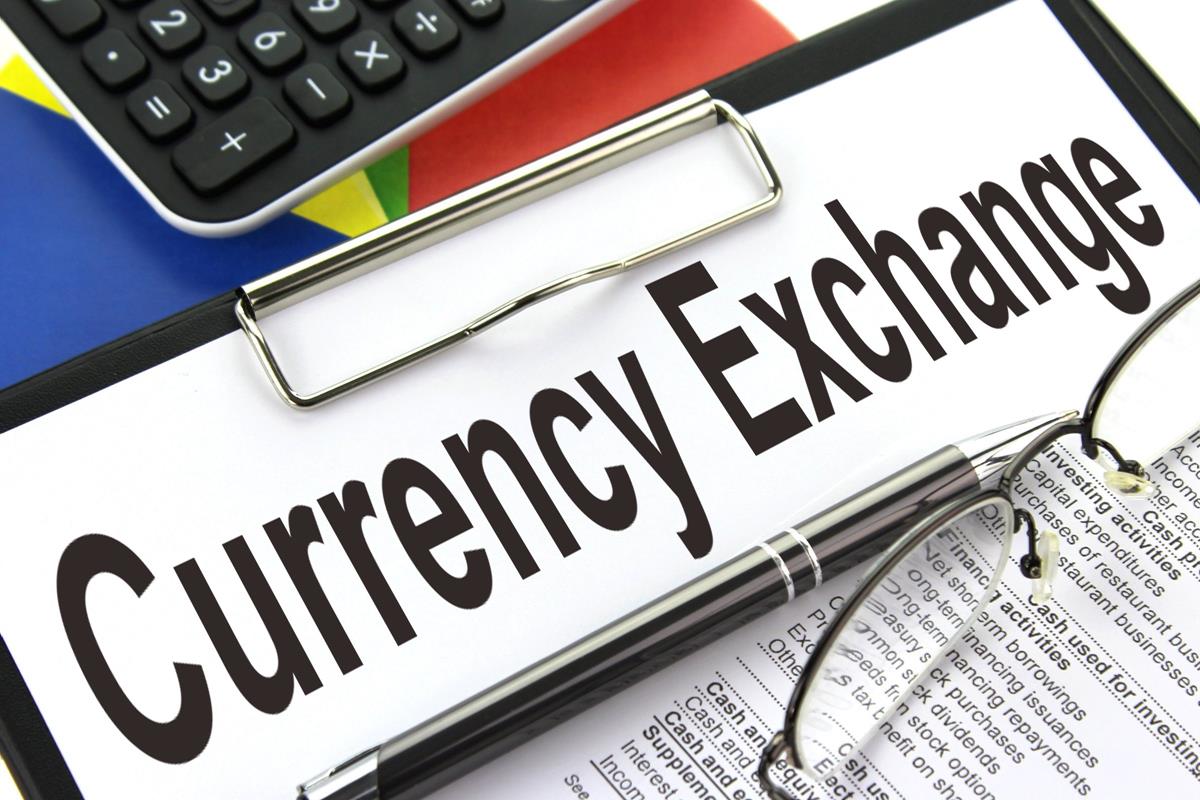
10. **Foreign Transaction and Currency Exchange Fees**Traveling abroad or making purchases from international online retailers can expose you to a cascade of fees that banks rarely explain with clarity. Foreign transaction fees, often adding 2.5% to 3% to the total cost, are charged on purchases made in a foreign currency or processed by a foreign bank, regardless of whether you’re physically abroad. This applies even if you’re shopping from your couch but the merchant’s processing bank is outside your home country.
Beyond these direct transaction fees, you might encounter dynamic currency conversion (DCC) at merchant terminals overseas. While it might seem convenient to pay in your home currency, DCC often comes with unfavorable exchange rates and additional fees, leading to a higher overall cost than if you had simply paid in the local currency. Some banks might even impose separate fees for international debit card usage on top of these currency conversion costs, compounding the expense.
The true cost of international purchases or travel can be substantial. Imagine a traveler’s week-long vacation abroad, spending thousands of dollars. Each transaction could trigger a hefty foreign transaction fee from her bank, potentially adding hundreds of dollars to her total expenses. If she also accepts dynamic currency conversion at several merchants, she could be paying significantly more due to hidden exchange rate markups. Even seemingly innocuous activities, like a streaming subscription processed through a foreign subsidiary, can add unexpected international charges to a monthly statement.
To navigate international transactions smartly and avoid these hidden costs, consider using travel-focused credit cards. Many of these cards explicitly eliminate foreign transaction fees and often provide better fraud protection than debit cards abroad. When offered dynamic currency conversion at the point of sale, always decline it and choose to pay in the local currency. Additionally, notify your banks of your travel dates to prevent card blocks due to unusual activity and research which cards work best in your destination country, as some online banks now waive international fees as standard features rather than premium perks.
Read more about: Unlock Single-Digit APRs: The Definitive Guide to Negotiating Your Credit Card Interest Rate
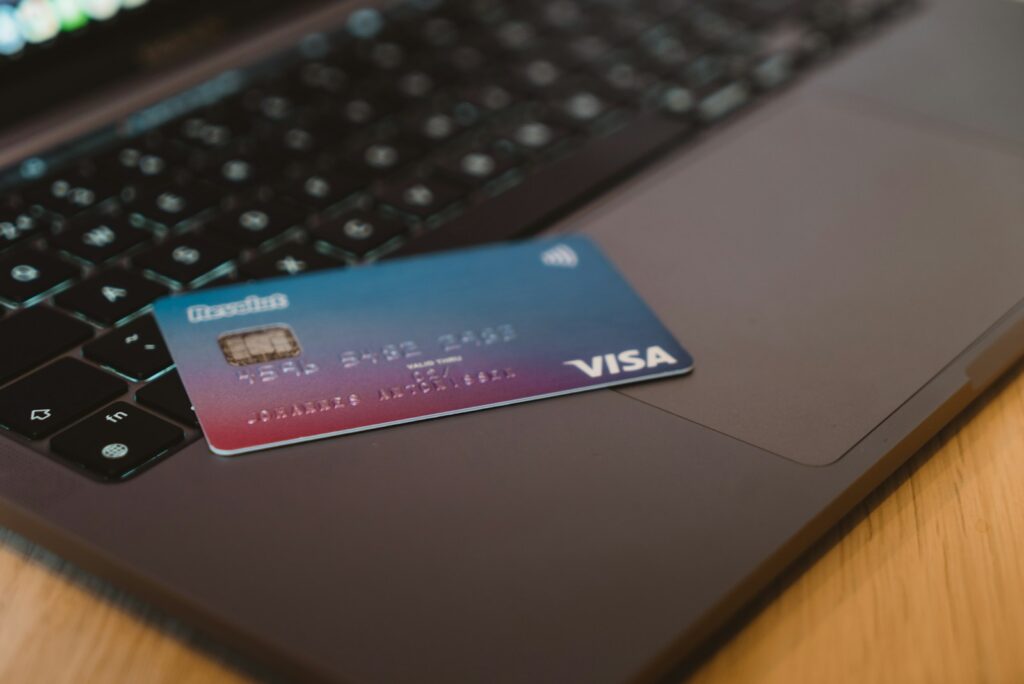
11. **Credit Card Late Fees**A common pitfall for credit card users, late payment fees are a significant source of revenue for banks and card issuers. These fees are charged when you fail to make at least the minimum payment by the due date on your credit card statement. While they might seem like a simple penalty, their impact can be far-reaching, affecting your credit score and increasing your overall debt burden.
For over a decade, major credit card providers have collected billions of dollars in these fees. Historically, the typical late payment fee could be around $32. However, regulatory efforts, such as the Consumer Financial Protection Bureau’s (CFPB) rule earlier this year, aimed to reduce this to as low as $8 for many cardholders, signaling a push for fairer practices. Despite these changes, it’s crucial to understand that specific banks still levy varying amounts; for instance, US Bank and Citibank have been known to charge a maximum fee of $41, while PNC Bank’s late fee can reach up to $38, and USAA Bank’s maximum is $35.
The most effective way to avoid credit card late fees is to always pay your bill on time, or even better, before the due date. Setting up automatic payments for at least the minimum amount can prevent accidental oversights. Account alerts that notify you a few days before your payment is due can also serve as a helpful reminder. If you anticipate a late payment, contact your credit card issuer immediately; sometimes they may waive the first late fee as a courtesy.
Read more about: When Riches Collide with Reality: The 12 Worst Financial Mistakes Celebrities Make with Luxury Assets
12. **Certificate of Deposit (CD) Early Withdrawal Fees**Certificate of Deposit (CD) accounts are a popular choice for saving money with interest, especially when you can commit to keeping your funds locked away for a set period. However, the allure of higher interest rates comes with a critical condition: an agreement not to withdraw funds until the CD’s maturity date. Breaching this agreement can trigger an early withdrawal penalty, which can significantly diminish your expected returns.
This penalty is usually calculated as a few months’ worth of interest, depending on the remaining time until the maturity date. For instance, if you have a five-year CD and withdraw early after two years, you might forfeit six months of interest. What makes these fees particularly impactful is that there is no upper limit on the penalty amount set by the federal government. This critical detail implies that in some scenarios, the fine may reach thousands of dollars, particularly with large CD balances and long maturity terms.
To avoid CD early withdrawal fees, meticulous planning is essential. Only deposit funds into a CD that you are confident you won’t need access to until the maturity date. Consider a ‘CD laddering’ strategy, where you invest in several CDs with staggered maturity dates, providing regular access to portions of your savings without penalty. Always read the fine print of your CD agreement to understand the exact early withdrawal penalties, and if flexibility is paramount, explore high-yield savings accounts or money market accounts as alternatives, which offer liquidity without such stringent withdrawal restrictions.
Read more about: Is Your Bank Account Leaking Money? The 14 Sneaky Hidden Fees You’re Probably Paying (and How to Stop Them!)

13. **Credit Card Annual Fees**While many credit cards are advertised as ‘no annual fee,’ it’s a common oversight that this often applies to basic cards or for an introductory period. Certain credit cards, especially those offering premium rewards, travel perks, or specific credit-building features, come with an annual fee for the privilege of carrying them. This fee is charged once a year, regardless of how much you use the card, and can significantly impact the card’s overall value proposition.
Banks don’t always openly advertise this very important condition, sometimes leading consumers to believe a card is free indefinitely. Often, the ‘no maintenance fees’ claim applies only for a fixed amount of time, typically three to twelve months, after you sign the contract. After this promotional period, the bank imposes the credit card annual fee, which can range from a modest $25 to hundreds of dollars for high-tier cards.
To avoid being surprised by credit card annual fees, always read the terms and conditions carefully before applying for any credit card. If a card has an annual fee, objectively evaluate whether the benefits — such as cash back, travel points, extended warranties, or concierge services — genuinely justify the cost based on your spending and lifestyle. Many excellent credit cards offer competitive rewards and no annual fee. If you find yourself paying an annual fee for a card you no longer use, consider downgrading to a no-annual-fee version or closing the account, ensuring you transfer any outstanding balance first.
Read more about: When Riches Collide with Reality: The 12 Worst Financial Mistakes Celebrities Make with Luxury Assets
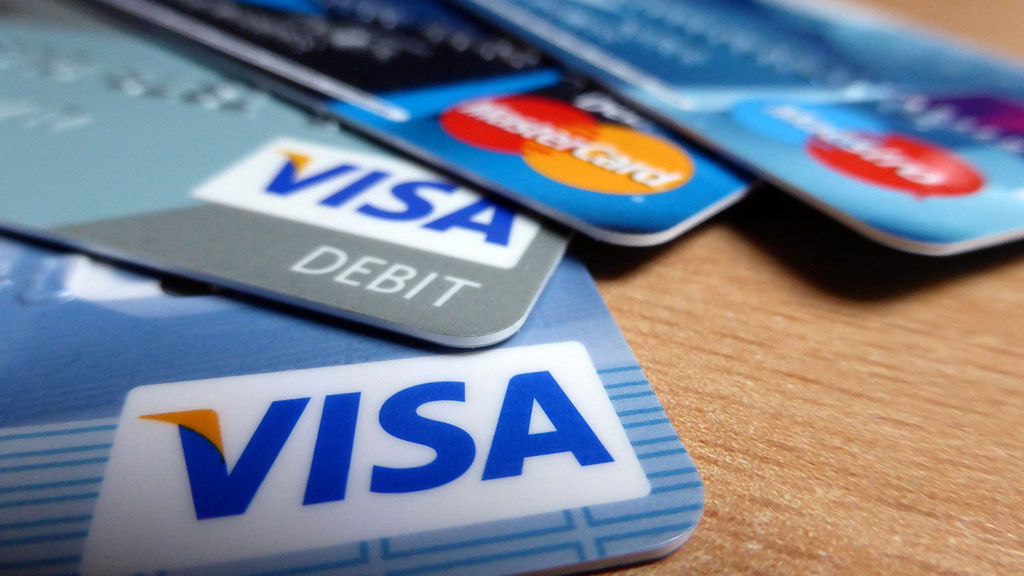
14. **Credit Card Transaction Fees**Beyond late payment penalties and annual charges, credit cards can also come with various transaction-specific fees that can catch cardholders off guard. These fees are typically imposed for specific types of transactions, not just for using the card in general. While less common on standard purchase transactions in your home country, they frequently appear for services like cash advances, balance transfers, or international purchases.
Credit card transaction fees are normally either a set amount or a percentage of the total purchase, often ranging between 1% and 5% at most banks. For instance, a cash advance fee is a charge for withdrawing cash using your credit card, typically 3-5% of the amount or a minimum flat fee (e.g., $10), whichever is greater. Similarly, balance transfer fees are common when moving debt from one credit card to another, usually 3-5% of the transferred amount.
These fees can quickly add up and make certain credit card uses quite expensive. A cardholder facing an urgent cash need might take out a $500 cash advance, incurring a $25 fee plus immediate interest accrual at a higher rate than purchases. Someone consolidating debt with a balance transfer could see an initial 3% fee on a $10,000 transfer, costing them $300 right off the bat, before even considering the interest on the transferred balance.
To minimize or avoid credit card transaction fees, it’s important to use your credit card strategically. For cash needs, prioritize using a debit card or withdrawing from your checking account instead of taking a cash advance, which is almost always a costly option. For balance transfers, seek out cards that offer introductory 0% APR on balance transfers with no or low balance transfer fees, and plan to pay off the transferred amount before the promotional period ends. Always review your cardholder agreement for a comprehensive list of all potential transaction fees.
**Stop Sneaky Bank Fees and Reap the Rewards**
Hidden bank fees don’t have to be an inevitable part of your financial life. They are, at their core, streams of profit that banks establish, often taking advantage of uninformed customers. As we’ve seen, for every fee, there are practical, actionable alternatives and strategies you can implement right away to protect your money.
Your next step is simple yet powerful: dedicate some time to meticulously review your bank statements from the last six months. Pinpoint every fee you’ve been charged, calculate your annual costs, and then actively research fee-free alternatives, such as online banks or credit unions in your area. Many savvy consumers discover they can save hundreds of dollars annually — often $200 to $500 or more — simply by making informed choices and switching to financial institutions with more consumer-friendly account terms.
Read more about: Consumer Alert: Unmasking the 13 Car Dealership Scams That Cost Buyers Thousands
Ultimately, your banking relationship should serve as a solid foundation that helps you build wealth and achieve your financial goals, not one that silently drains your resources through sneaky charges. By staying informed and proactive, you can take control, keep more of your hard-earned money, and ensure your financial future is truly yours to shape.




